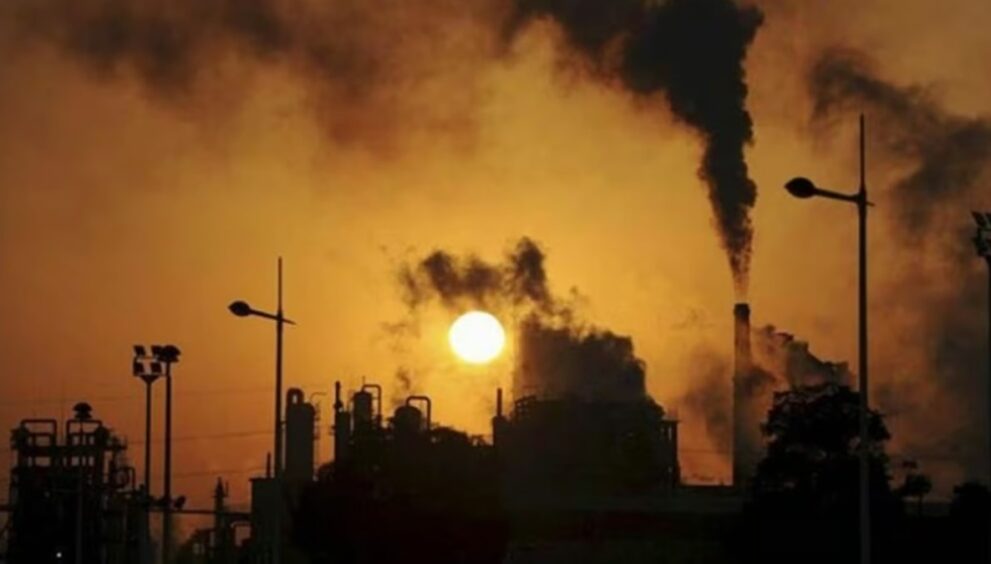India’s Economic Growth And Weak Monsoon Drive Surge In Carbon Emissions

Global energy-related carbon emissions grew by 1.1 percent in 2023, increasing 410 million tonnes to reach a new record high of 37.4 gigatons in 2023: IEA
India’s energy-related carbon emissions witnessed a significant uptick in 2023, driven by robust GDP growth and adverse weather conditions, according to the latest report from the International Energy Agency (IEA). The country’s emissions surged by approximately 190 million tonnes, attributable in part to a weak monsoon season that curtailed hydroelectric production and heightened electricity demand. Despite this increase, India’s per capita emissions remain considerably lower than the global average, reflecting ongoing efforts to balance economic development with environmental sustainability.
Globally, energy-related carbon emissions rose by 1.1 per cent in 2023, reaching a record high of 37.4 gigatonnes. China accounted for the largest share of this increase, with emissions growing by around 565 million tonnes due to continued economic expansion. However, China also led in clean energy investments, underscoring a dual trend of emissions growth and renewable energy adoption.
The IEA highlighted the dominance of coal in driving emission increases, attributing over 65 per cent of the global rise to coal-fired power generation. Despite advancements in renewable energy capacity, the global hydropower sector faced challenges, with a record decline in generation driven by severe droughts in key regions. Had hydropower availability remained consistent with previous years, an additional 200 terawatt-hours of electricity could have been generated globally, reducing emissions from fossil fuel-based power plants by approximately 170 million metric tonnes of CO2.
The report underscored the critical role of clean energy technologies in mitigating emissions growth. Deployment of solar PV, wind, nuclear, heat pumps, and electric cars since 2019 has contributed significantly to curbing emissions, slowing the overall growth rate to the lowest level since the Great Depression. Looking ahead, achieving climate targets outlined by the Intergovernmental Panel on Climate Change (IPCC) will require sustained efforts to expand clean energy infrastructure and enhance energy efficiency measures globally. The IEA’s findings highlight the urgency of transitioning towards a low-carbon economy to address the dual challenges of climate change and sustainable development.









































































































































































































































































































































































































































































































































































































































































































































































































































































































































































































































































































































































